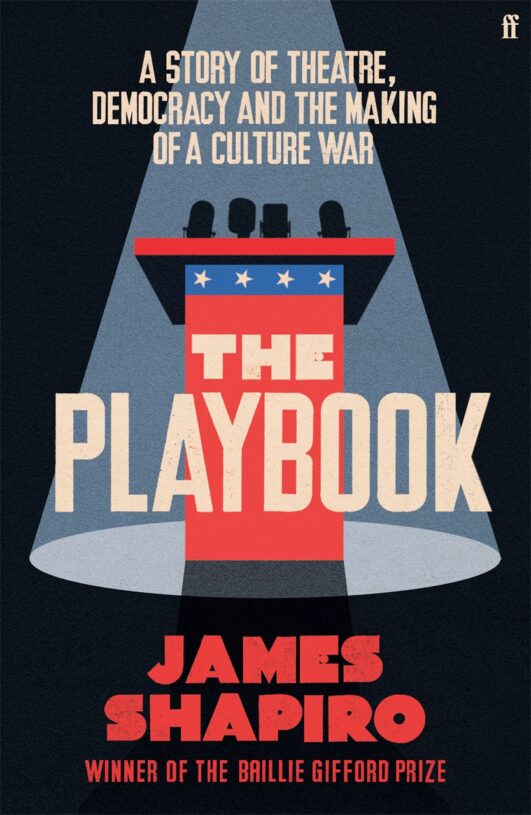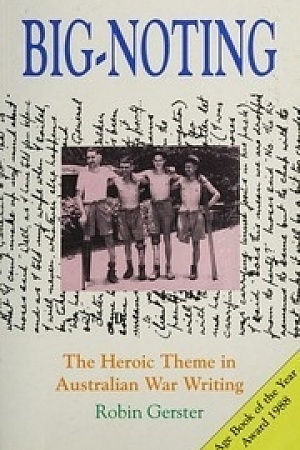Information and transformation
Say, you’re a school teacher in the Kimberley region of Western Australia, and you’re looking for a play for your class to perform that is set in Broome. Or maybe you’re a crime writer playing with the idea of writing a novel set in Sydney and want to check out what other crime novels have been set there. Perhaps you just found out that your great aunt once wrote a series of poems, and you want to know more. It could even be that you’re an author wanting to find the reviews of your latest short story collection. All this, and more, can be found in AustLit. Scholars of Australian literature know how valuable AustLit has been for over two decades, but anyone with an interest in Australian literary culture will find something worth exploring in Australia’s national literary database. AustLit will not only answer your questions, it will surely inspire more.
For those who don’t know, AustLit is a comprehensive and authoritative bibliographical and biographical database of Australian storytelling. It evolved in the 1980s from a need to integrate and house a range of existing specialist bibliographical projects and databases relating to Australia’s literary and print history that were scattered throughout different institutions across the country. Starting as a card catalogue at UNSW Duntroon, now UNSW Canberra, it subsequently incorporated A Bibliography of Australian Multicultural Writers out of Monash, A Bibliography of Literary Responses to ‘Asia’ at Flinders University, Western Australian Writing from UWA, and Writers of Tropical North Queensland from James Cook University. It also brought in existing bibliographies of children’s literature, work that continues.
After a brief life as a CD-ROM in the 1990s, AustLit went online in September 2001 and was launched by Brendan Nelson, the federal minister for education, in August 2002. This online iteration included an advanced search function built around a data model based on FRBR – Functional Requirements for Bibliographical Records – a bibliographical system that was promoted by the International Federation of Library Associations and Institutions. Because AustLit was constructed according to established bibliographical standards that were in place prior to the integration of the records, there is a great deal of consistency across the database, and its search function enables nuanced and fine-grained explorations of the literary field. If you want, for example, to find all the novels set in the 1980s written by women born in Brisbane, you can. Or, if you want to know which film and television scripts were written by Noongar writers, AustLit can tell you.
Continue reading for only $10 per month. Subscribe and gain full access to Australian Book Review. Already a subscriber? Sign in. If you need assistance, feel free to contact us.









Leave a comment
If you are an ABR subscriber, you will need to sign in to post a comment.
If you have forgotten your sign in details, or if you receive an error message when trying to submit your comment, please email your comment (and the name of the article to which it relates) to ABR Comments. We will review your comment and, subject to approval, we will post it under your name.
Please note that all comments must be approved by ABR and comply with our Terms & Conditions.